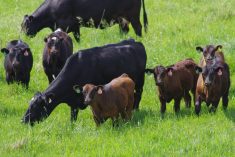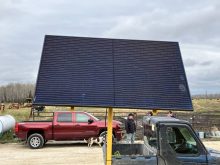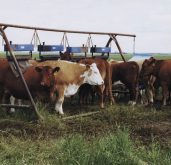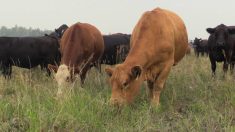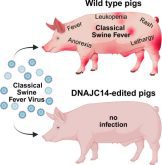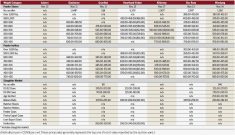Cow-calf producers may miss out on marketing opportunities if they’re not able to harness genetic data to improve and sell their cattle.
Big data is the future of beef, industry and tech leaders said at a recent webinar hosted by the Beef Cattle Research Council, and it’s a future that some ranchers are tapping for competitive advantage.
Why it matters: The cow-calf sector could take a leaf from the purebred producers’ record-keeping handbook to get the best value for their cattle.
Read Also
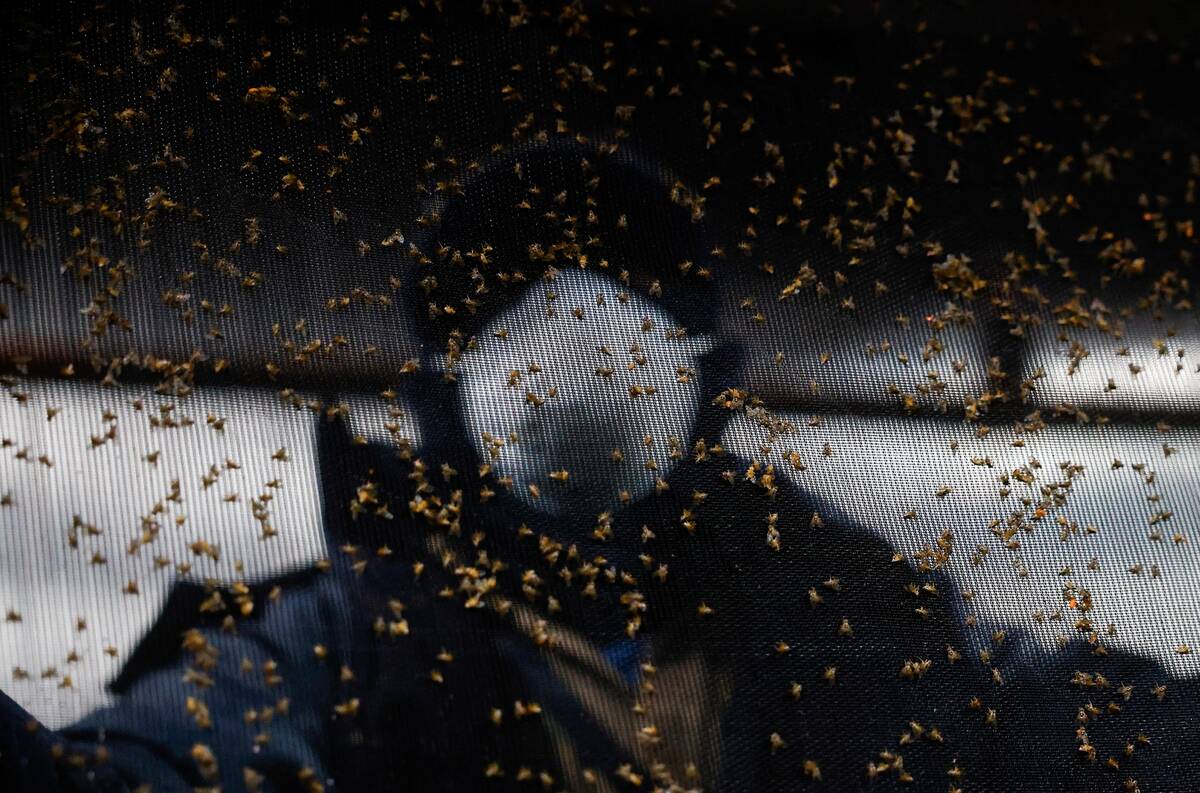
Canada too cold for New World screwworm
New World screwworm is closing in on the U.S. from Mexico, but the deadly livestock parasite isn’t likely to dig a surviving population in Canada, even if the fly species sneaks over the border.
Alberta producer Bruce Niznik uses his herd’s genetic track record to market his calves. He and his family run a cow-calf and backgrounding operation near Brooks. They breed 60 per cent of their herd to certified Angus and the rest to a Wagyu program.
They use genetic records to give feedlot operators information on how cattle will perform in the lot and what qualities to expect from carcasses, Niznik said. The data can help feedlots sort cattle into specific grids and indicate a level of performance.
They convey the data through a performance endorsement from the Canadian Angus Association. Niznik described this as a feeder calf index with traits important to feedlots, such as marbling and carcass weight.
They do all this to get more for their calves.
“You need to market your calves, not just sell them,” he said.
It’s taken a fair bit of detective work with breeders and auction mart representatives to find buyers interested in paying a bit more for data-backed beef.
At the same time, Niznik has an advantage. His foothold with purebred registration means his herd stands on years of robust genetic data, and he’s got the infrastructure from breed associations to help make it happen.
How could the average commercial producer do the same?
Connecting the dots
A group of breed associations, producer groups, packers and retailers say they have an answer.
The Canadian Beef Improvement Network (CBIN) is developing a platform to share genetic data from the producer all the way to the packer and back again. That information, when analyzed, can be used to build better cattle.
“If consumers want superior T-bones, we can deliver that, but we have to apply those genetics at the [beginning] of the value chain,” said then-CBIN chair Dave Sibbald in a 2021 Livestock Gentec post.
It involves standardizing data collection from the purebred sector; linking genetics to production metrics that are important to various points of the supply chain; developing analytical tools to help producers understand genetic information; and linking everyone in the flow of this data, said Sandy Russell, CEO of the Canadian Beef Breeds Council and former director of business development for CBIN.
Russell described CBIN as a “very transactional” system where each member of the chain inputs data. When the animal reaches its end product, members get data back — metrics like carcass data, which can be difficult for producers to access on their own.
“I’d like to know that the breeding decisions that I make and those calves that I’m putting on the ground are meeting the needs of the consumer at the end of the day,” said Russell, who is also a beef producer.
Increased efficiency is a major CBIN goal, which leads to a more sustainable beef sector, Russell said. The data could also be used to verify sustainability claims.
“This isn’t, for us, about us chasing the perfect cow or finding the ideal cross-breed that works,” she said. “This is about eliminating the inefficient animals so our environmental impact is less.”
Skepticism
Some aren’t convinced.
“Previous efforts failed,” CBIN’s strategy document from 2015 acknowledged. “There is an amount of concern about the failure of previous effort and this is a weakness.”
That document references programs like Canada Beef Improvement, a performance and bull-testing program undertaken in the mid-to-late 1990s.
Previous data-sharing systems have struggled for buy-in.
The Beef InfoXchange System (BIXS) was built in 2008 by the Canadian Cattle Association to support the Canadian Beef Advantage branding initiative. It shared some genetic data, but its focus was on sharing information for management and marketing purposes.
When the CCA handed BIXS to a private company, enrolment was below 1,000 users.
BIXS paid packers to submit carcass data. When grant funding dried up and the CCA stopped paying for the data, the packers stopped sending it, a 2016 article from Canadian Cattlemen reported.
It may be difficult for packers and feedlots to see value in providing carcass data to producers, said Deborah Wilson, a beef producer and chief industry engagement officer with TrustBIX, the private company that formed around the old BIXS system.
TrustBIX provides chain of custody, verification and reporting platforms for programs like the Canadian Roundtable for Sustainable Beef Certified Sustainable Beef Framework.
Wilson said feedlot operators have told her that carcass data doesn’t mean much to the industry because they can achieve whatever attributes they want through feeding regimens.
That isn’t entirely true, said Wilson, but some feeders think so.
Feedlots may also think that if cow-calf producers know their cattle perform well, they’ll want more money for their calves, a concern that webinar presenters also noted.
Without carcass data, cow-calf operators may not see the value of CBIN, Wilson said.
“I’m not sure what the financial benefit is to the cow-calf producer… other than greater efficiency,” Wilson said. “It will take years to prove the benefits of carcass data being shared with CBIN.”
Russell said some packers, large and small, are already on board with CBIN.
Whether cow-calf producers will be open to investing time and resources into more sophisticated, digital record-keeping is another question.
Many producers still keep paper records, Russell said. To leverage data, “you do have to have it digitized.”
In her experience, cow-calf producers aren’t overly concerned with genotype. She and her husband have sold more than 5,000 bulls, she said. Buyers gravitate to breed, phenotype, calving ease, birthweight, eye appeal and body condition.
“I have never yet had anyone drive on my yard and say, ‘Could I see the EPDs on this bull?’” Wilson said.
Yet some buyers are starting to look for cattle with data to back them, said Virgil Lowe. He is president of Granite Cattle Inc., and Sendero Cattle, and has also been involved with CBIN.
Lowe buys cattle based on production data, and told the webinar audience that some purchasers find that more data can improve health outcomes and help with sorting into different feeding programs.
The current environment makes it difficult to do this at scale, he said. It will be a challenge to expand these systems, but he believes it’s the future for the cattle business.




